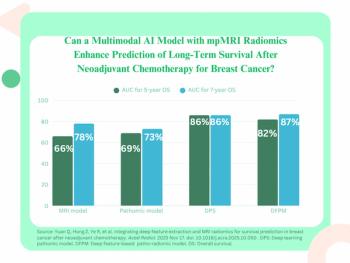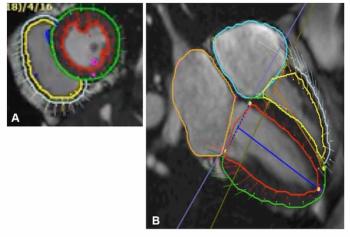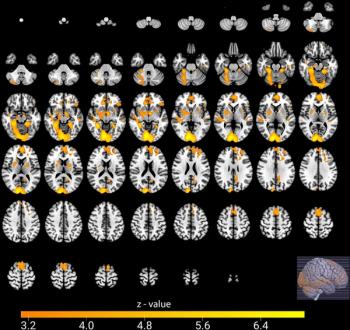
MRI proves more sensitive than PET/CT for lung cancer node staging
A head-to-head comparison has found that MRI is more sensitive than FDG-PET/CT for assessment of N-stage non-small cell lung cancer.
A head-to-head comparison has found that MRI is more sensitive than FDG-PET/CT for assessment of N-stage non-small cell lung cancer.
The study at the Kobe University Graduate School of Medicine in Japan involved 115 consecutive lung cancer patients examined with both modalities, said chief investigator Dr. Yoshiharu Ohno. MRI was performed on a 1.5T scanner with black-blood STIR turbo spin-echo and SENSE (sensitivity encoding).
FDG-PET and contrast-enhanced CT studies were acquired using 16-slice CT scanners with images fused by commercial software. Qualitative analysis involved visual interpretation and rating based on a five-point system. Quantitative analysis for both modalities involved signal intensity comparison of lymph nodes and a 0.9% saline phantom placed on patients' chests. Standard uptake values for FDG were performed.
On a per-patient basis, the visual reading of the STIR MRI for mediastinal and hilar lymph node metastasis was significantly better than qualitative interpretation of PET/CT images, Ohno said. The sensitivity of MRI and PET/CT were 83.7% and 69.8%, respectively. Specificities for the two modalities were 87.5% for MRI and 90.3% for PET/CT, but these differences were not large enough to achieve statistical significance.
STIR MRI again proved superior during the quantitative comparison, where its 90.1% sensitivity rate compared with a sensitivity of 72% for PET/CT. Specificities for both modalities were 90.3%.
An ROC analysis revealed the sensitivity, specificity, and accuracy of MRI were significantly high than PET/CT, according to Ohno.
"STIR turbo spin-echo imaging should be considered at least as valuable as PET/CT for assessing N-stage patients with non-small cell lung cancer," he said.
For more information from the Diagnostic Imaging archives:
Newsletter
Stay at the forefront of radiology with the Diagnostic Imaging newsletter, delivering the latest news, clinical insights, and imaging advancements for today’s radiologists.



























